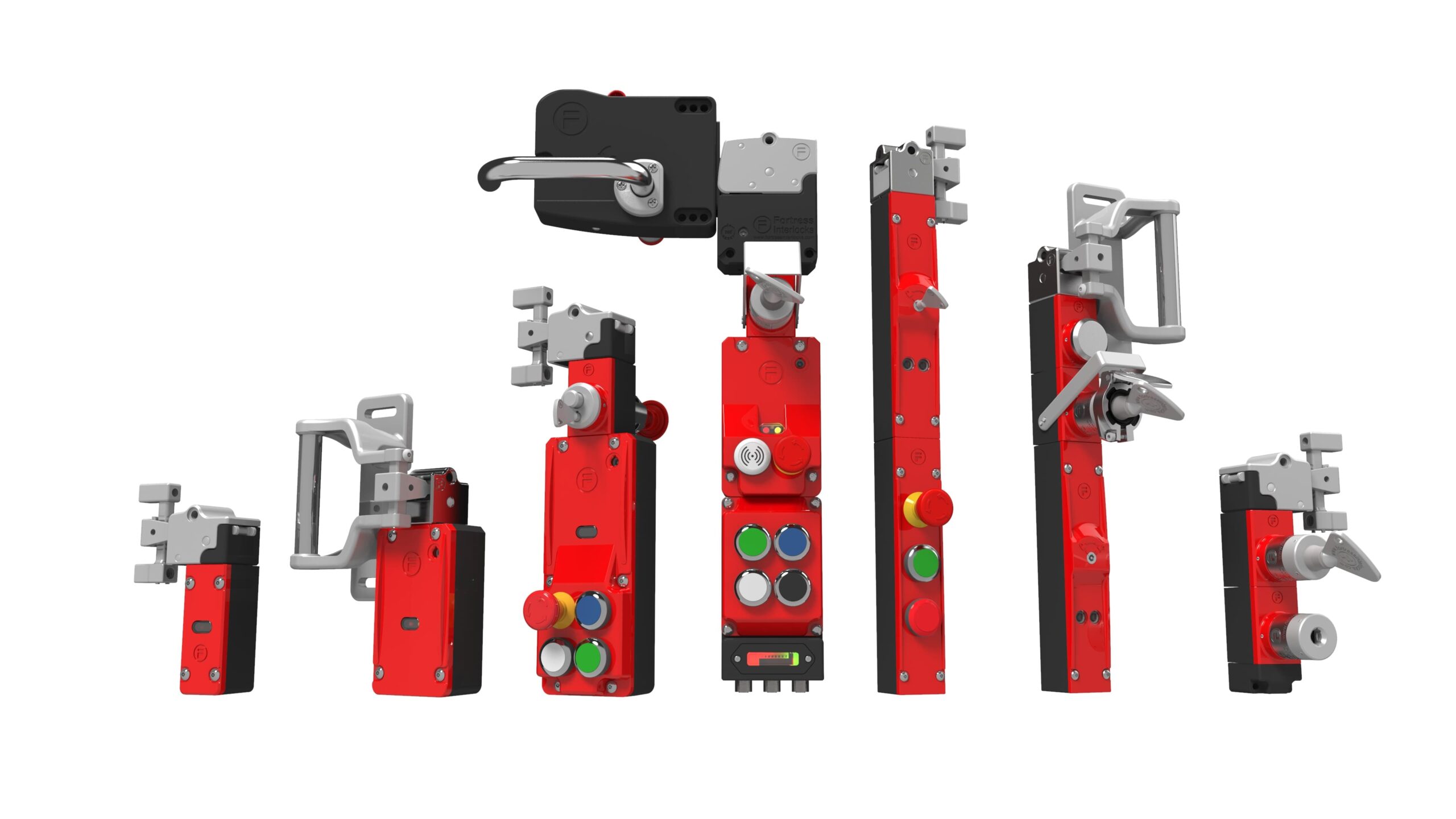The world of industrial automation relies on efficient and reliable communication systems to ensure smooth operations and protect workers from hazards. One of the most popular communication technologies in this field is industrial Ethernet, which offers a number of benefits over traditional systems. In this article, we will explore some of the key industrial safety protocols that use industrial Ethernet, including CIP Safety, Ethernet/IP, Safety over EtherCAT, and Profisafe.
In this article, we will list some of the main benefits cited by the relevant communications associations. The communication protocols all have very similar value propositions and often the main reason for choosing which system to use comes from which communication protocol you have people trained in or what hardware you use in your factory.
CIP Safety: A Protocol for Enhanced Safety and Interoperability
CIP Safety (Control and Information Protocol Safety) is a protocol that allows for the integration of safety-related devices and systems into a single network. It is based on the widely-used CIP (Common Industrial Protocol) and provides a scalable and flexible solution for industrial automation applications.
One of the main benefits of CIP Safety is its ability to improve safety and reduce the risk of incidents in industrial environments. By allowing for the integration of multiple safety – systems onto a single network, CIP Safety reduces the need for multiple communication lines and reduces the risk of human error. It also allows for the easy integration of new devices and systems, making it easier to update and maintain safety systems.
Ethernet/IP: Connecting Industrial Devices Across the Enterprise
Ethernet/IP (Industrial Protocol over Ethernet) is another popular industrial safety protocol that uses industrial Ethernet to connect devices across the enterprise. It is a widely-used protocol in a variety of industries, including manufacturing, transportation, and energy.
One of the main advantages of Ethernet/IP is its ability to connect a wide range of devices, including programmable logic controllers (PLCs), sensors, and actuators. It is also scalable and flexible, making it easy to expand and adapt to changing needs. Additionally, Ethernet/IP offers high-speed communication and real-time control, making it ideal for mission-critical applications.
Safety over EtherCAT: High-Speed Safety Communications
Safety over EtherCAT is a protocol that combines the high-speed communication capabilities of EtherCAT with safety functionality. It allows for the integration of safety-related devices and systems onto a single network, improving efficiency and reducing the risk of incidents.
One of the main benefits of Safety over EtherCAT is its high-speed communication, which makes it ideal for fast-moving production environments. It also offers real-time control and high reliability, making it suitable for mission-critical applications. Additionally, Safety over EtherCAT is easy to install and maintain, reducing the overall cost of ownership.
Profisafe: Ensuring Safe and Reliable Communication
Profisafe is a protocol developed by Siemens that ensures the safe and reliable communication of safety-related devices and systems. It is based on the widely-used Profibus communication standard and offers a number of benefits, including high-speed communication, real-time control, and easy integration with other systems.
One of the key advantages of Profisafe is its ability to improve the safety of industrial environments by reducing the risk of incidents and errors. It also offers high reliability and easy maintenance, making it a cost-effective solution for a wide range of applications.

We have experts in providing safety solutions for automation
Contact us today to learn more about our range of industrial safety protocols and how they can help improve the efficiency and safety of your operations.

